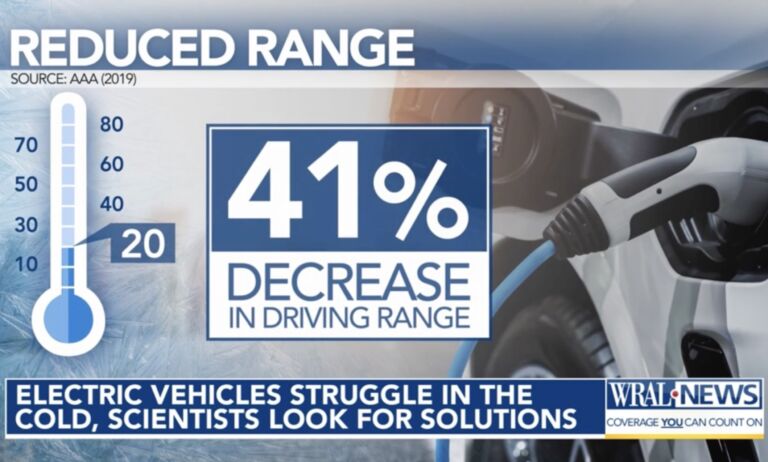Kirsten Axelsen of the American Enterprise Institute explains problems linked to a recent proposal for government intervention in drug prices.
A recent proposal that would allow the US federal government to set drug prices has been critiqued for being too small to meaningfully constrain costs. While this price control proposal would have a more limited impact when compared to some of the other recent price control proposals, it will have a broad and meaningful influence on investment decisions for all drugs in development. This type of policy achieves maximum distortion in future investment for minimal healthcare savings.
Beginning in 2026, the prescription drug pricing proposal under consideration by the Senate Finance Committee would require the federal government to select 10 drugs from among the biggest selling drugs in Medicare that have been on the market for seven or more years (11 for complex biologics), with the number of drugs selected growing over time. For the selected drugs, the federal government would set the maximum price paid by Medicare according to a formula in the policy, with the government paying less for older drugs, irrespective of their benefit to health. Certain drugs would be ineligible for price controls, including those from some smaller biotech companies for a few years, certain vaccines or drugs for some small populations. Manufacturers that do not comply with the price-setting process would be penalized with an excise tax of nearly all their US sales. …
… Pharma companies and investors decide if they will spend money on the high-risk venture of drug development based on the expected efficacy and revenue. If a candidate for a disease that is prevalent among older or disabled people could be subject to future government price setting—then the expected returns from the investment will be lower and more uncertain. If the drug is already on the market and close to the price negotiation time frame, then there is limited payoff for investing in more indications or in post-market evidence such as pediatric studies.


